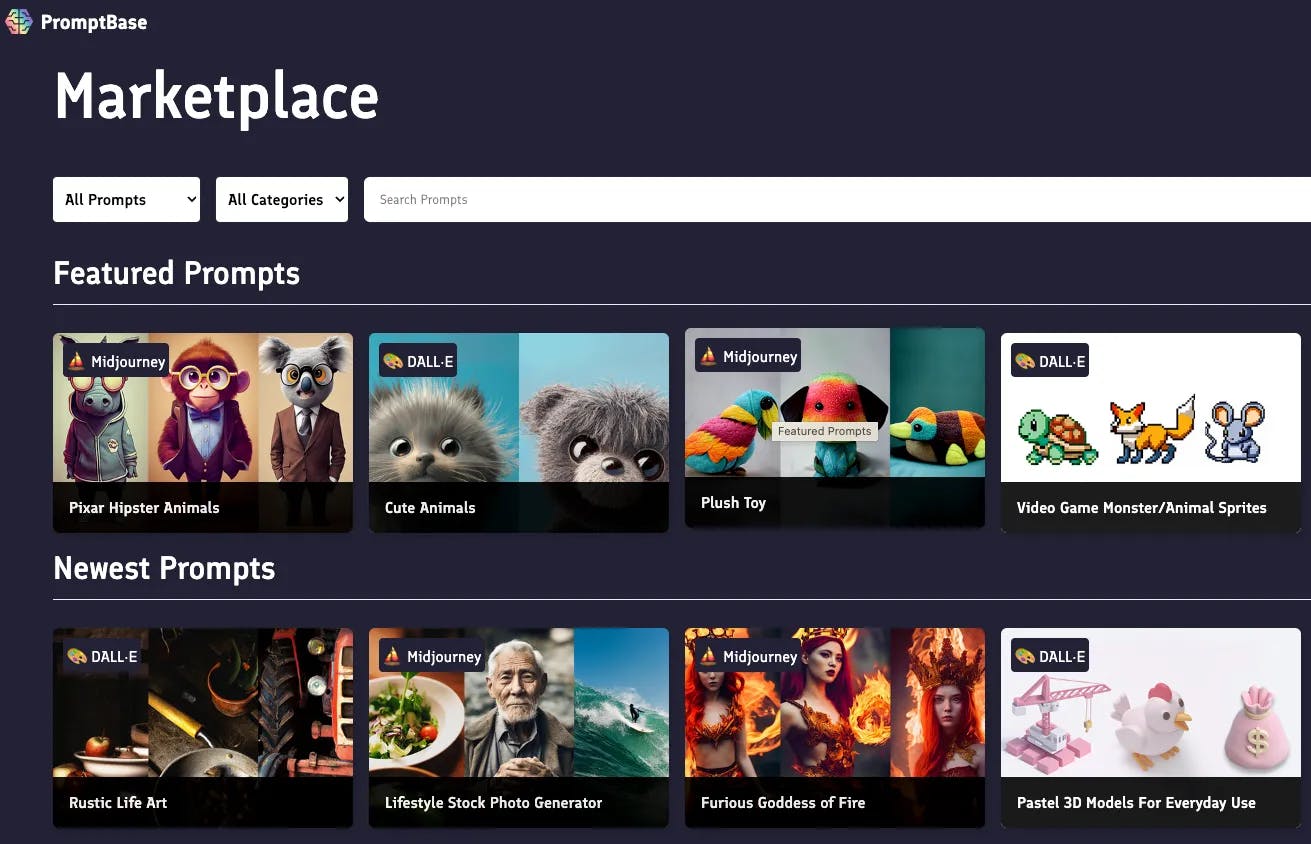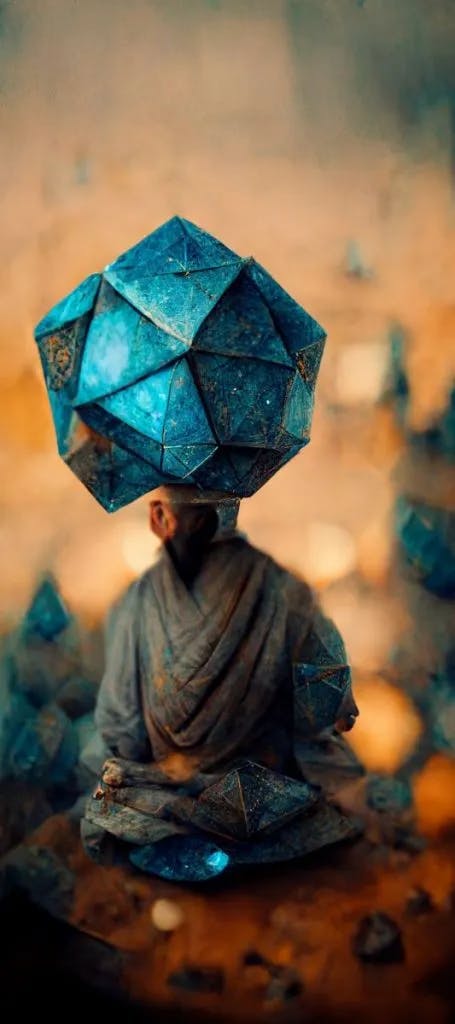Rise of the Prompt Economy with DALL-E
A new line of business using AI Art generators
The past few years have seen the rise of art made by programs. DALL-E, a machine learning model for image generation, is being used to convert text prompts into award-winning artwork. Other AI image generators such as Midjourney, GPT-3 and Stable Diffusion have also seen steady adoption.
To top it all up, prompt engineering has turned into a business opportunity as well. PromptBase has launched a marketplace where you can sell prompts for something between $1.99 to $4.99. While PromptBase charges a 20% commission for every sale, the writers retain the ownership of their prompt.

Of course, there is still a lack of clarity on how copyright works for AI art. The US Copyright Office says an AI cannot copyright its art.
And we still think that after committing such atrocities, the robots won’t revolt against us!
Subscribe to the Publication
How PromptBase Works?
PromptBase is like a trading marketplace for prompts. The platform lets the so-called “prompt engineers” sell text descriptions. These text descriptions are meant to reliably produce a certain art style or subject on a specific AI platform.
When someone buys the prompt from the marketplace, they basically get a string of words. When these words are pasted over to an AI image generator program, you get an image.
Of course, the prompts are more complex than a few words of description. They include keywords describing the intended aesthetic, the primary elements of a scene, and brackets where buyers can add their own variables to customize the content to some extent.
As an example, below is a prompt text and the corresponding image generated by an AI image generator.
earth reviving after human extinction, a new beginning, nature taking over buildings, animal kingdom, harmony, peace, earth balanced --version 3 --s 1250 --uplight --ar 4:3 --no text, blur

Seems scary, doesn’t it? The AI seems to be relishing the prospect of human extinction.
Here’s another example:
surreal blueish monk, dodecahedron for his head, amazing details, hyperrealistic photograph, octane made of billions of intricate small houses, GODLIKE, bokeh, photography on mars, cinematic lighting, --ar 9:21

This one looks downright creepy!
Of course, shelling out $2 to $5 for a paragraph of text might seem like a weird purchase.
But one can never be sure if something will catch up in the future and what are the limitations of the system.
The Fear of AI Art Generators
While DALL-E has built-in guardrails to prevent people from misusing it, there are other similar products coming onto the market.
One such product is Stable Diffusion by Stability AI.
Unlike DALL-E 2, Stable Diffusion's training data or the weights are available for anyone to use without any hard restrictions. This implies that Stable Diffusion can be used to create images that OpenAI currently blocks with DALL-E such as propaganda, violent imagery, pornography or images that potentially violate corporate copyright and celebrity deep-fakes.
This opens a bunch of ethical and moral issues about the regulation of art generated using art generators. Already, Stable Diffusion has drawn the anger of artists on Twitter due to the model's ability to imitate the style of living artists without their consent.
What Happens Next?
These AI image generators and corresponding marketplaces is an interesting example of how new technologies can create new jobs at the same time that they eliminate old ones.
In addition, they enable a whole new group of people by giving them skills that they never had before. How viable these skills are in the long-term is another matter.
Of course, on the ethical impact of this technology, it’s difficult to know exactly how image synthesis and other AI-powered technologies will affect us on the society-level. Only time will make things clear.
What do you think about the prospect of this rising Prompt Economy based on AI art generators? Have you dabbled into it or planning to do so in the near future? Do you think it is ethically problematic to use such art generators?
Please share your views in the comments section as it can open up some great discussion points.
Also, let me know if you liked this information article and would you like to read more such articles in the future. Your feedback will help improve the newsletter.

